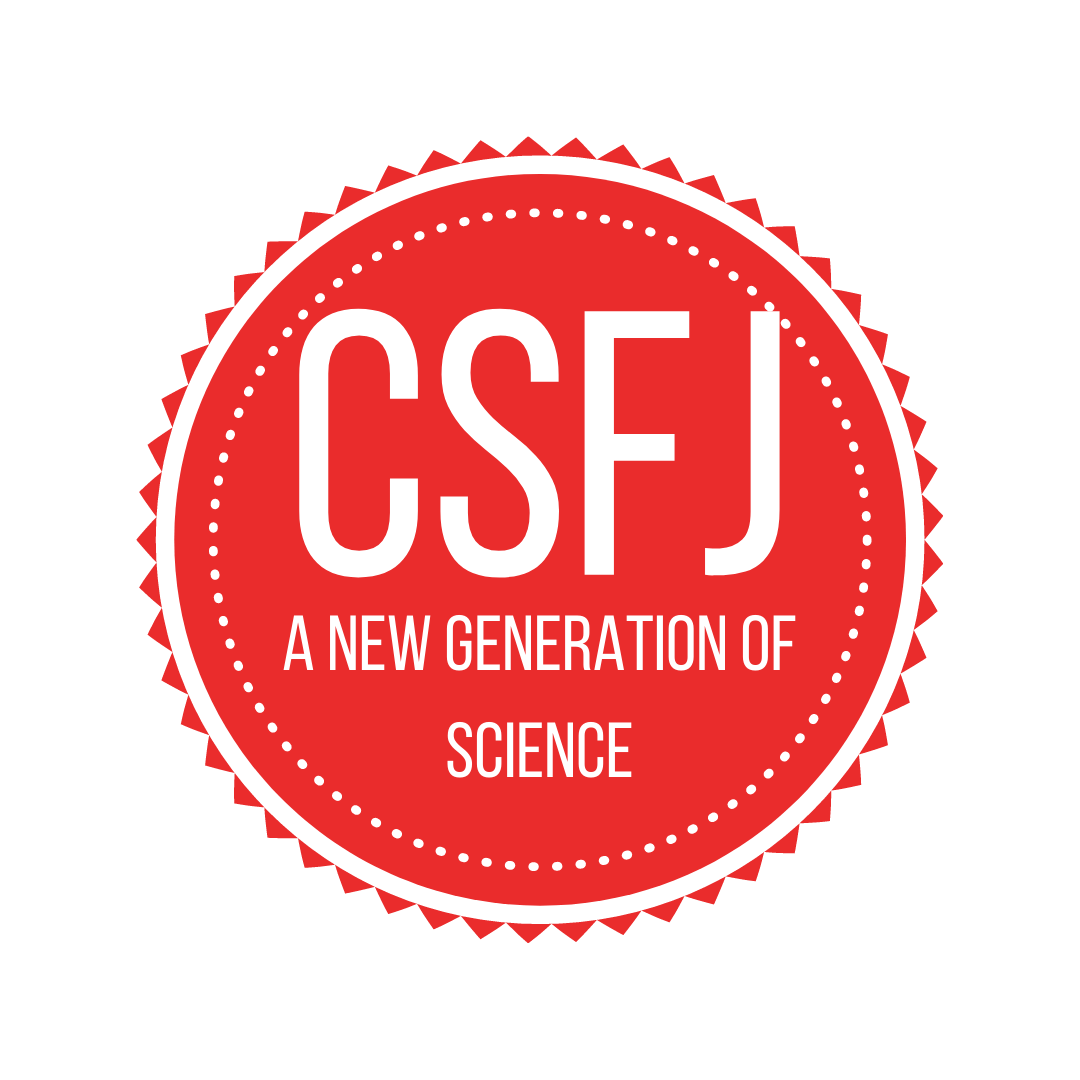November 2022
Volume 5 Issue 3
To ring in the holidays in the CSFJ’s last issue of 2022, we’re bringing you articles which cover topics the journal has never seen before — urban wildlife studies, AI-assisted medical tools, textile technology to fight chronic pain, and much more. Curiosity and knowledge are timeless gifts, and we’re sure that you will learn something new and valuable in this batch of articles. Happy holidays, and see you in 2023!
by Jonathan Leung
In this project, I investigate the relationship between wildlife feeding and coyote attacks in Vancouver's Stanley Park. I collect and analyze data from 96 wildlife feeding reports by species, location, time of day, and month. Although wildlife feeding is one of the likely causes of the attacks, I discuss several other attack theories which include anthropause, encampment and human activities, and abnormal coyote behaviour.
by Keernan Krishnamoorthy
Water is one of the most essential facets of human life, yet billions of people worldwide don't have access to safe drinking water. Harmful micro-organisms in contaminated drinking water can lead to several diseases and even death. Many current methods of detecting micro-organisms are generally bulky and require electricity as well as other resources which are not easily accessible in remote areas which are most affected by contaminated drinking water. This project aims to solve that problem by developing a deep learning-based mobile phone application and an inexpensive paper microscope. Using deep learning technology, the mobile application can quickly detect any harmful bacteria found in the water and subsequently alert the user.
by Nadine Persad
It is estimated that up to 32% of food is lost or wasted each year. This statistic likely underestimates spoilage in Canada with our vast distances and remote populations. The world needs reliable postharvest treatments to decrease the wastage of food. This project aimed to develop a protocol to isolate chitosan from cricket powder and create a sprayable solution of this chitin derivative. The ability of chitosan spray to delay the spoilage of fresh fruit would then be tested. I have developed a postharvest treatment from cricket powder that is biodegradable, food-safe, and environmentally friendly to help prolong the shelf life of fresh produce.
by Gary Zhu
Doctor-X is a standardized medical records system that helps people track their medical symptoms daily. If a patient is sick, they open the application through the web and input their symptoms into the system. This way, when they go into the doctor's office, they do not struggle when asked to recall their symptoms. With Doctor-X, doctors can get more accurate data quickly, allowing them to make a faster diagnosis with more effective treatments. It also helps patients understand the medical jargon and visualize the progression of their illness in real time.
by Alexander & Anastasia Skorobogatiy
20% of people in North America suffer from chronic muscle pain and have difficulty performing daily activities. To manage the pain, they often use bulky and uncomfortable heating packs that have to be heated in the microwave, which is particularly inconvenient in the workplace. In this work, we report an all-textile heating element using conductive threads. It is thin, soft, and comfortable to wear and could be discreetly integrated into a variety of wearable products. It has been tested to provide 30 minutes of controlled heating and on-the-go pain relief.
by Jasneet Bains
Silt is a fine sediment that collects on the bottom of rivers, streams, and lakes. Silt is a rich source of nutrients for fish and bottom dwellers like crayfish. However, this is a problem for rivers, lakes, and streams, because this is the buildup of excess fine sediment introduced by industry. I will be experimenting by making my own filtration system, using plastic water bottles, gravel, and contaminated water.
by Nathaniel Martin
During the COVID-19 pandemic, wearing masks has been controversial. Many scientific studies have examined mask use in various places and concluded that masks help stop the spread of the COVID-19 virus. In this project I examined why masks are important and which types of masks work the best at stopping air and soil from getting through them while they are worn.








